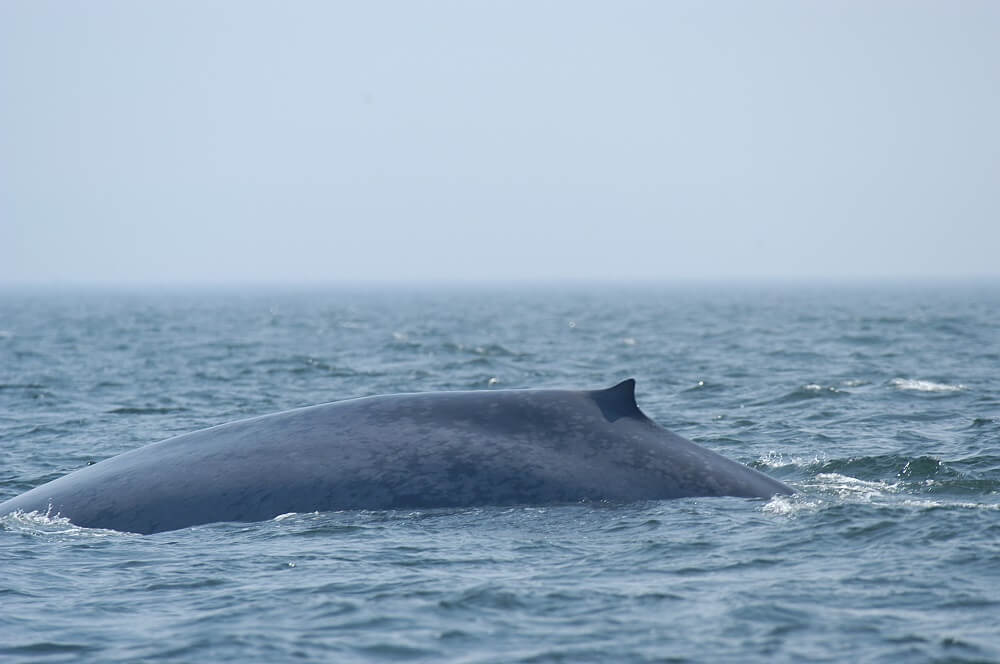The list of observations this week reads more like a weather report: sea smoke, ice floes, gusts, snow squalls, howling winds. The only sighting comes from Baie-Comeau, where a blue whale was observed on January 22, when the sky finally cleared. The warm spout of the whale creates an opaque white column when it comes into contact with the frigid air.
While we humans are able to escape the elements in the comfort of our homes, whales and seals stay in the water. When the mercury plunges to Arctic-like readings as it recently has, the waters of the St. Lawrence cool on the surface, but the temperature profile in the rest of the water column mostly remains the same. Thus, for marine mammals, the impact of temperature changes is mitigated.
If the storm raises strong waves and creates turbulence, whales might leave the area and head out to the open sea where waters tend to be calmer. In fact, shallow nearshore areas magnify the effect of waves and increase disturbances.
It is also possible that the whales are still here and going about their usual business. Acoustic recordings taken during massive storms in Cape Cod Bay demonstrate the presence of whales that communicate in the same manner as the days preceding and following the storm. While conditions may be extreme on the surface, under water, life goes on as usual.
Another hypothesis is that whales perceive weather changes in advance and leave areas at risk before the storm begins.
As for seals, knowledge about their response to storms is even more scant. However, animals are resilient to their environment and their bodies are adapted to harsh conditions. We can therefore assume that, like us, they find shelter and resume their daily lives when the weather becomes more favourable.





